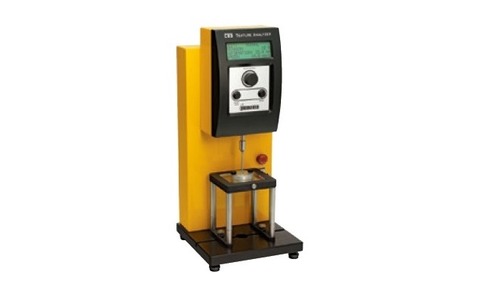
Ametek Brookfield has published an article on the use of its Texture Analyser in creating the perfect noodle.
Noodles are undoubtedly one of the most popular food items around the world. Taste is formulated to satisfy regional preferences for choice of grains used to make dough which becomes the noodle. Added ingredients provide a selection of flavorings and health options familiar to thelocal population. Texture is the physical property that food manufacturers try to perfect in order to ensure that noodles have the perfect mouth feel when consumed.
Texture testing has existed for years in the food industry, including simple tests on, for example, the firmness of bread. New tests have been created in recent years to characterise dough and the noodles made therefrom. The stretch behaviour of dough is very important as it affects manufacturers’ ability to roll out the raw dough and create sheets or strips of specified thickness. Extruding dough into cylindrical shapes to produce noodles is similarly related to dough extensibility. Consistent production of strips and cylinders of dough that become noodles with repeatable dimensions is important for efficient productivity.
Food scientists have come up with many tests for evaluating noodles. In general, they characterise the firmness of the noodleprior to or after cooking. The Texture Analyser quantifies the force needed to cut through the noodle or to stretch it to
breaking point.





